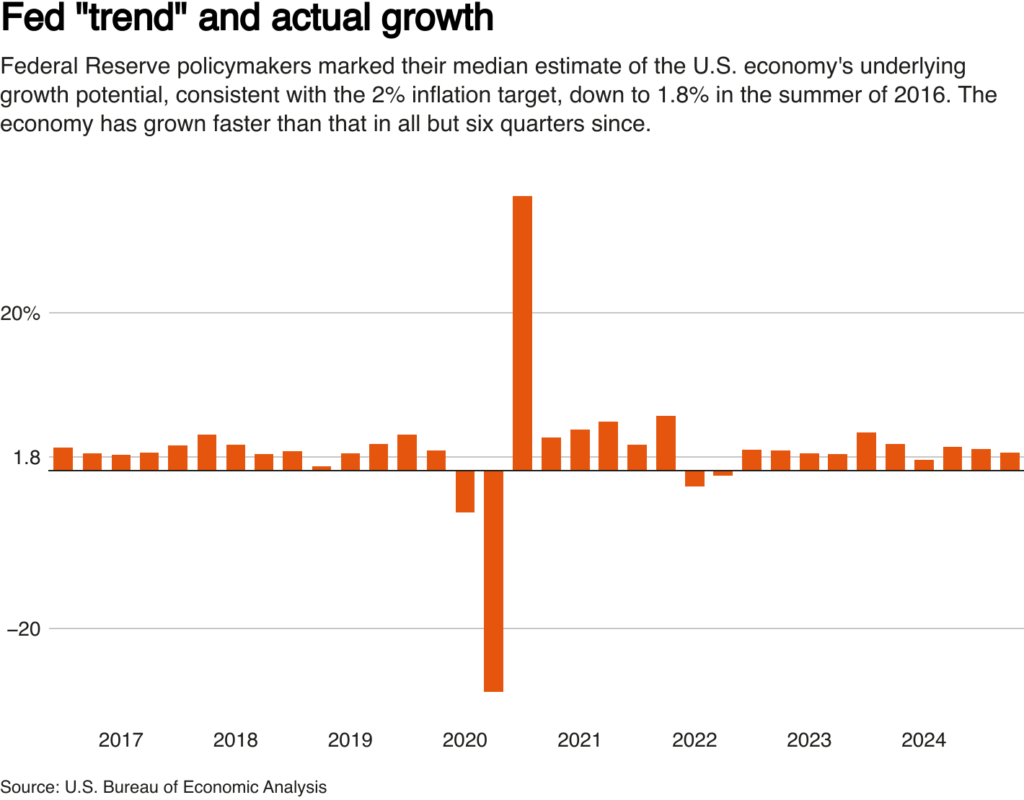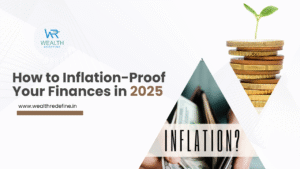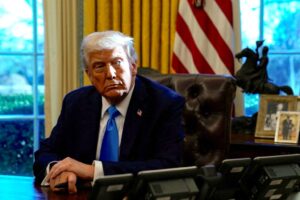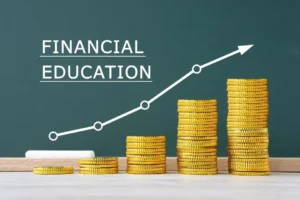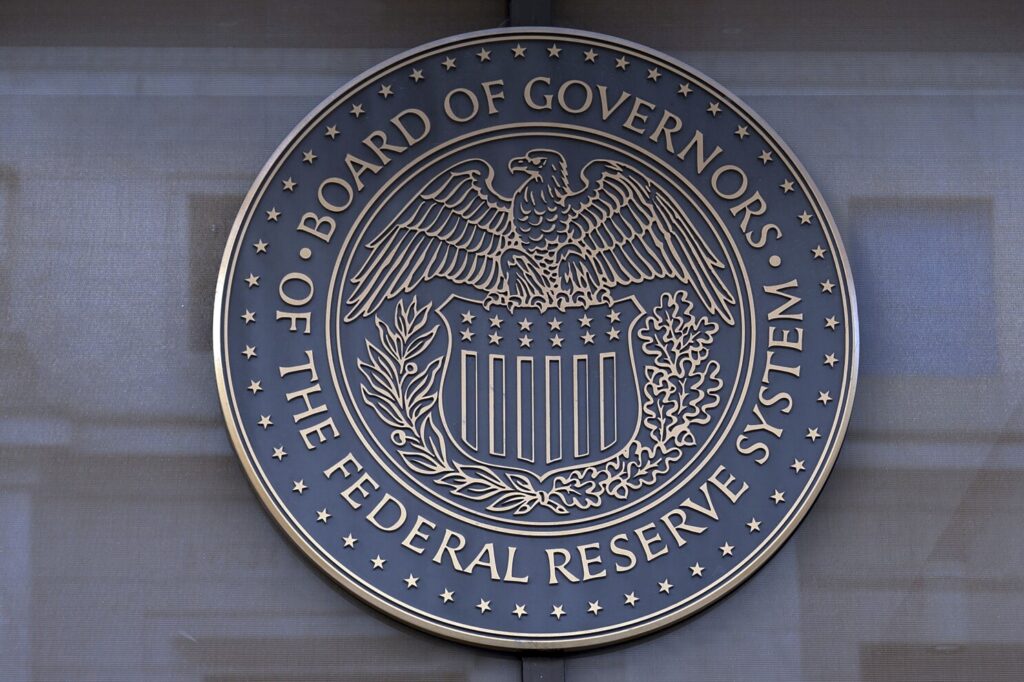
Introduction
The Federal Reserve plays a crucial role in shaping the U.S. economy through its monetary policies. One of its most powerful tools is adjusting interest rates. In response to persistent inflation, the Fed has aggressively raised interest rates in recent years. But are these hikes truly beneficial, or are they doing more harm than good?
The Purpose of Interest Rate Hikes
The Federal Reserve raises interest rates primarily to control inflation. Higher rates make borrowing more expensive, slowing down excessive spending and curbing price increases. The intended effects include:
- Reducing Inflation – By discouraging borrowing and spending, demand cools, helping to stabilize prices.
- Strengthening the Dollar – Higher interest rates attract foreign investments, increasing the value of the U.S. dollar.
- Encouraging Savings – Consumers and businesses may save more due to higher returns on deposits.
The Downsides of Higher Interest Rates
While the goal is to tame inflation, rising interest rates come with economic trade-offs:
- Higher Borrowing Costs – Mortgages, auto loans, and credit card debt become more expensive, making it harder for individuals and businesses to access credit.
- Housing Market Slowdown – As mortgage rates rise, home sales decline, and property values may stagnate or drop.
- Stock Market Volatility – Higher rates lead to lower corporate earnings, often resulting in market downturns.
- Risk of Recession – If rates rise too quickly, economic growth may slow down, leading to job losses and decreased consumer spending.
Are the Rate Hikes Working?
The effectiveness of rate hikes depends on various economic indicators:
- Inflation Trends: If inflation declines without triggering a severe recession, the hikes may be considered successful.
- Employment Data: A strong labor market suggests resilience, but rising unemployment could signal over-tightening.
- Consumer Spending: A moderate slowdown in spending indicates controlled inflation, but drastic declines can hurt economic growth.
Looking Ahead: What’s Next for the Federal Reserve?
The Federal Reserve faces a delicate balancing act—continuing to combat inflation while avoiding a deep economic downturn. Future rate decisions will depend on economic data, market reactions, and global conditions.
Conclusion
Interest rate hikes are a double-edged sword. While they are essential for controlling inflation, they also introduce economic challenges. For consumers and businesses, staying informed and adjusting financial strategies is key to navigating these uncertain times. Whether the Federal Reserve’s approach proves to be a long-term success remains to be seen, but its impact on the U.S. economy is undeniable.

